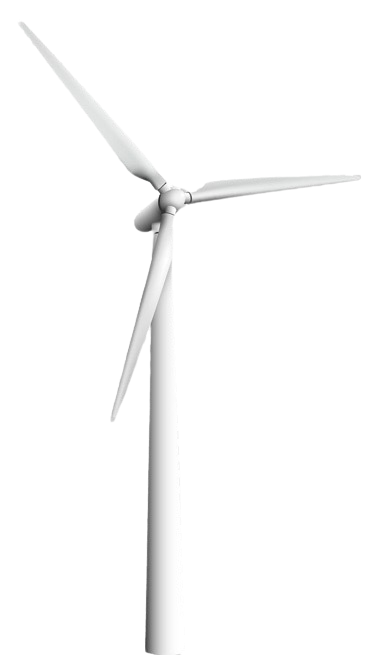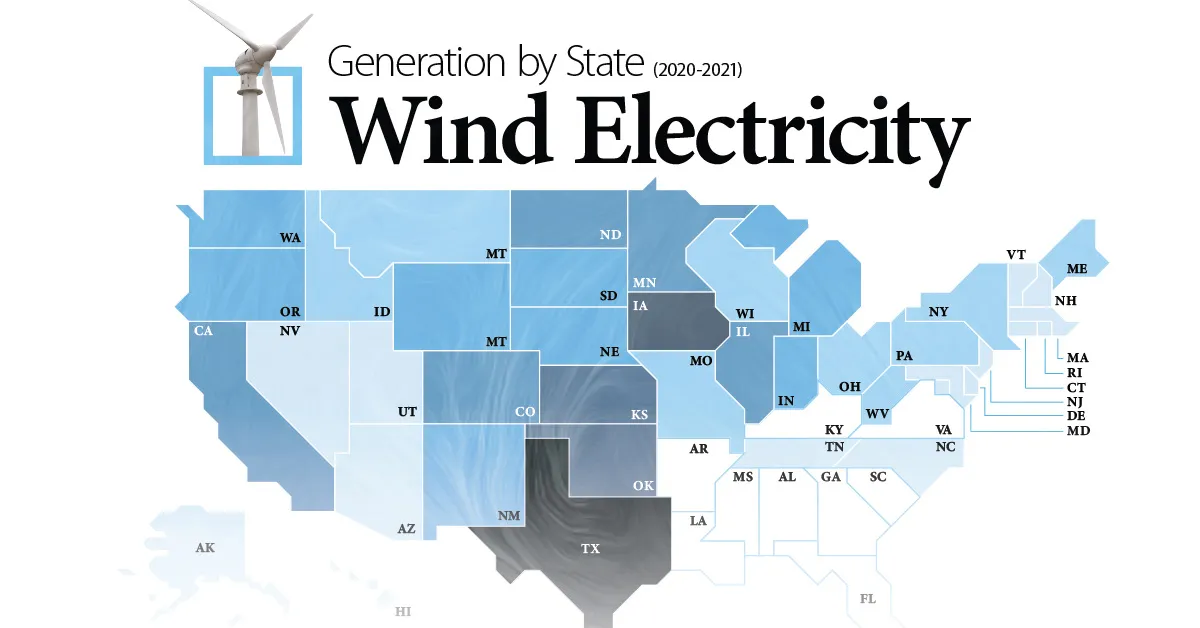What does it cost?
The way a turbine operates is through the wind which causes its blades to spin, thus rotating the rotor within which subsequently spins a generator to produce electricity. Depending on the size and specifications of the wind turbines in question, the amount of electricity generated may vary significantly. According to some estimates for example, a wind turbine with a range between five to 15 kilowatts can help meet the needs of a standard home, which uses approximately 10,649 kilowatt-hours of electricity annually.
Industrial wind turbines typically cost in the $2-4 million dollar range.
However, smaller turbines can now cost no more than a few thousand dollars, but energy production will vary greatly to the size, specs and wind conditions of a person's home.
Maintenance costs can vary depending on the size of the turbine but they typically run $40-50,000 for larger turbines and in the hundreds of dollars for smaller turbines.
Keep in mind that factors like site suitability, local regulations (zoning laws), and access to incentives or rebates can further influence the overall financial feasibility of wind energy adoption for homeowners. Despite these costs, wind energy offers the potential for sustainable and environmentally friendly power generation, contributing to reduced reliance on traditional fossil fuels.
For more information, don't forget to click here to view more articles published by the Environmental Protection Agency.

